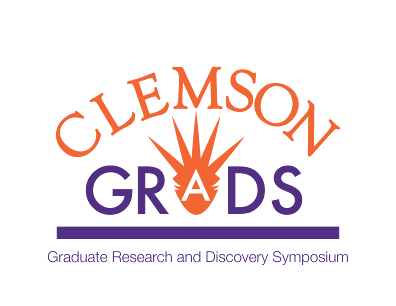Graduate Research and Discovery Symposium (GRADS)
Document Type
Poster
Publication Date
Spring 2015
Abstract
Global water demand continues to increase because of population growth, urbanization, and climate change. Since there are limited natural water resources, water purification systems play a critical societal role. Membrane technologies are used widely to improve water quality for beneficial use. Therefore, high-performance, nanofiber-based ion-exchange membranes were prepared for removal of heavy metals from impaired waters. Our hypothesis was that such membranes would have high metal ion capacities resulting from large surface area-to-volume ratios and high water permeability relative to barrier-type membranes such as reverse osmosis and nanofiltration. The nanofiber membranes were produced by electrospinning cellulose acetate nanofiber mats, which were strengthened by thermal-mechanical annealing and then converted to regenerated cellulose nanofiber mats. Subsequent surface modification transformed the membranes into ion-exchange membranes for removal of trace metal ions in water. The regenerated cellulose nanofiber mats were modified by grafting poly(itaconic acid) (dicarboxylic acid side groups) and poly(acrylic acid) (monocarboxylic acid side groups) to the surfaces of individual nanofibers. Direct-flow filtration measurements showed that the nanofiber membranes have water permeabilities much higher than reverse osmosis or nanofiltration membranes. Results of metal ion static and dynamic ion-exchange capacities will be presented and compared to more traditional ion-exchange media.
Recommended Citation
Chitpong, Nithinart and Husson, Scott M., "Cellulose Nanofiber Composite Membranes for Water Purification" (2015). Graduate Research and Discovery Symposium (GRADS). 166.
https://tigerprints.clemson.edu/grads_symposium/166


